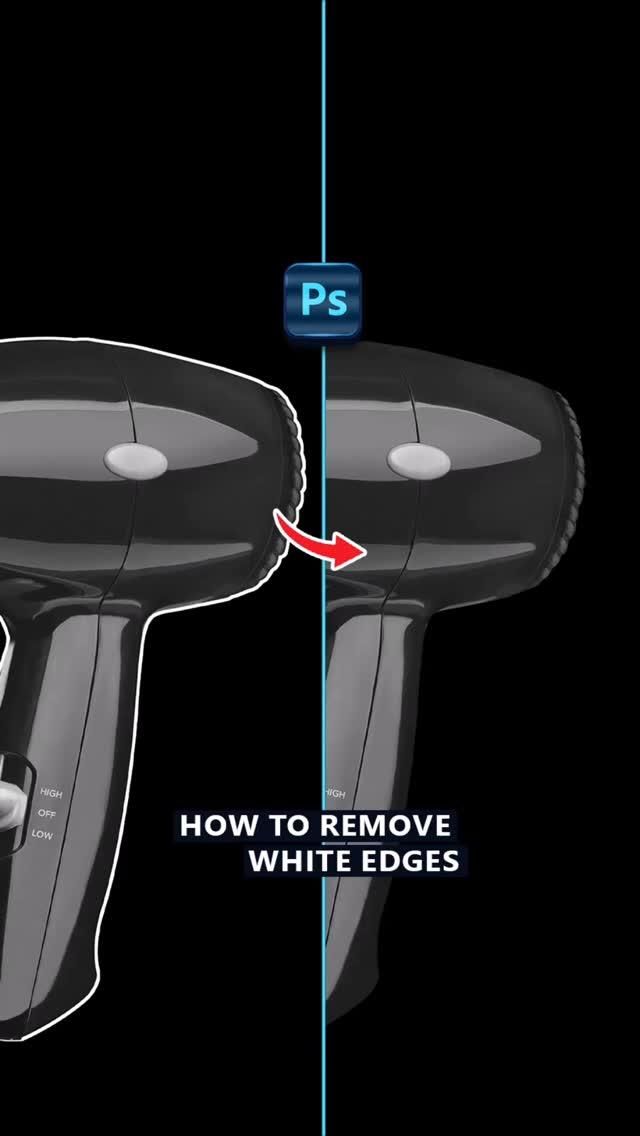This approach ensures maximum flexibility with significant cost and time benefits.Together with Martin Wood, Mark founded Bryden Wood Associates in February 1995.. From 1984-95 Mark had worked with Nicholas Grimshaw's on a collection of the UK’s most influential buildings, a number having become iconic examples of the ‘Hi-tech’ movement.
I don’t think we can credibly argue that capitalism has not been a key enabler in the rapid technological advancements of the last two to three hundred years.And when we talk about capitalism, we cannot ignore the name Adam Smith.

The problem I have with the way we’ve taken Smith’s thoughts and works is that it is piecemeal and skewed – we’ve latched onto some of his insights without exploring them more widely.He was one of the first theorists to develop the idea of the economy of scale.How making things bigger, growing operations tends toward greater economic efficiency.

He was right, in some circumstances.The problem is that such simple rules, although alluring, can be unhelpful or plain wrong in other circumstances..

When lecturing my students, I discuss the dis-economy of scale.
How large processes need large peak demands of inputs, how many design factors are not linear so doubling the size of a process can mean 4x or 8x the energy, the time, or the effort.When it comes to lab sinks, it is important to determine what the lab sink is for before selecting a standard unit.
Metal sinks are often not suitable for chemical discharge, and an epoxy or other material lab sink should be selected.Non-standard sinks come in non-standard sizes, and large lab sinks need to be supported due to the potential for a large mass of water within.
As well as splashbacks, there should be no gaps between lab furniture and lab sinks as dirt can accumulate.The aim is to ensure there’s no surface that can’t be easily reached for cleaning.. Ceilings in labs can help reduce the surfaces for dust to settle on, such as the various high-level services.